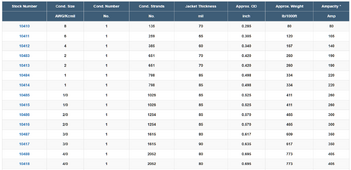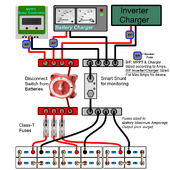I purchased two sets of Eve LF280 cells about 6 months apart. From each set I built 2 12V packs using JK BMS'. These are wired in parallel for my RV using all Victron components including 12/3000 120 Multiplus for charging, etc. The first two packs that I built will charge to 14.2V (which is what I have the Multiplus set up to charge to), but then quickly drop to 13.6V and stay there until they begin discharging (after removing shore power). The second two packs I built will charge to 14.2V and remain hovering at 14.1V and discharge from there. The two sets are consistently 5V different according to the JK BMS' no matter how long they are discharging or sitting idle with shore power.
I have verified that all the settings on each of the BMS' are identical. I initially had all packs attached to buss bars. I then removed the buss bars and wired them in parallel, making sure the system was attached at each end of the string and not from the same pack. Neither configuration made a difference in the V readings.
Any ideas what might be going on? I always thought that if batteries were connected in a string (whether series or parallel) they would automatically equalize with one another?
Thanks.
I have verified that all the settings on each of the BMS' are identical. I initially had all packs attached to buss bars. I then removed the buss bars and wired them in parallel, making sure the system was attached at each end of the string and not from the same pack. Neither configuration made a difference in the V readings.
Any ideas what might be going on? I always thought that if batteries were connected in a string (whether series or parallel) they would automatically equalize with one another?
Thanks.




